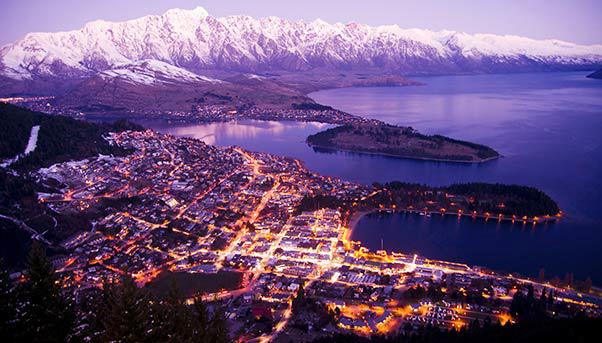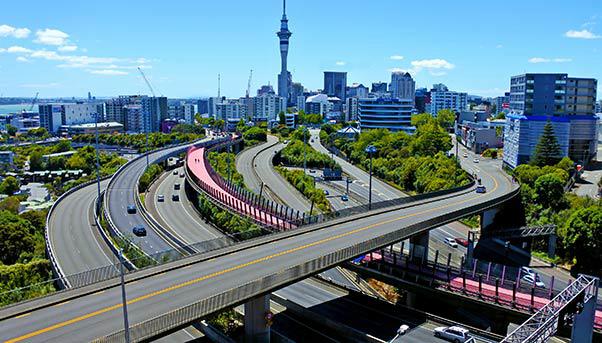
The rain came down hard on Auckland, backing up sewers and flooding the streets. Such was its intensity that it halted traffic and took the city hostage.
It happened more than once in March. The rains were heavy and the sewage systems and other infrastructure of the main cities of New Zealand struggled under the stress.
Their inability to deal with large volumes of water in such short periods of time prompted Infrastructure NZ, the public body responsible for investing in infrastructure, to examine their deficiencies. It later estimated that it would need 20 billion New Zealand dollars to get them to properly channel, treat and discharge the storm water.
The urgency to make the investment became even more evident in recent weeks when more than 60 millimetres of rain drenched the region of West Auckland in a single hour, flooding homes in New Lynn, Glendene and Kelston.
The damages, seen by critics as the result of the infrastructure’s inability to handle so much water in so little time, were so extensive that it forced the mayor of Auckland, Phil Goff, to acknowledge the need to invest.
But this need had already been recognized by the government, which had dedicated an entire chapter in its 2016 National State of Infrastructure Report to three aspects of water: drinking, sewage overflow and rain. In addition to the 20 billion dollars to manage emergencies, it said 15 billion ought to be invested in 1,167 projects.
The government also gave guidelines to compensate for the inability of the sewage networks to handle future storm waters and subsequent flooding. The first is the creation of a Local Government Risk Agency, a national agency with local offices that could assess in real time the risks caused by storms and provide the necessary response. Then there is the creation of an emergency fund. The third is the earmarking of an additional 1 billion dollars for the Housing Infrastructure Fund to protect homes from torrential rains.
All of this is intended to reduce the lasting effects of the damage caused by storms, even though it does not eliminate the need to provide extra funding to safeguard the sewer networks and other water infrastructure across the country. This ranges from the rivers that run through the cities to the tunnels that discharge treated water into them. It is an ambitious infrastructure plan that fits into a wider strategy.

Rebuilding New Zealand’s Infrastructure
Although water and the management of it are central issues for the government, they are not the only ones under consideration. There is the country’s infrastructure which, although well developed, needs to be maintained and sometimes updated. There are 10,886 kilometres of highways, 83,000 kilometres of regional roads and 4,000 kilometres of railway lines.
In energy, New Zealand produces 42,000 GWh, 80% of which comes from renewable sources. But it is not enough to meet the needs of its growing economy.
In order to address these issues, the National State Infrastructure Report has foreseen funding for every sector, from transportation to energy to telecommunications.
By 2025, the government aims to spend more than 120 billion dollars on infrastructure. The funds will come from national and local funds as well as private investors. The government will give 54 billion, local entities 54 billion and private investors 16.7 billion. All of these funds are set to be dedicated to 4,500 projects guarantee that the country maintains a modern and sustainable infrastructure.

